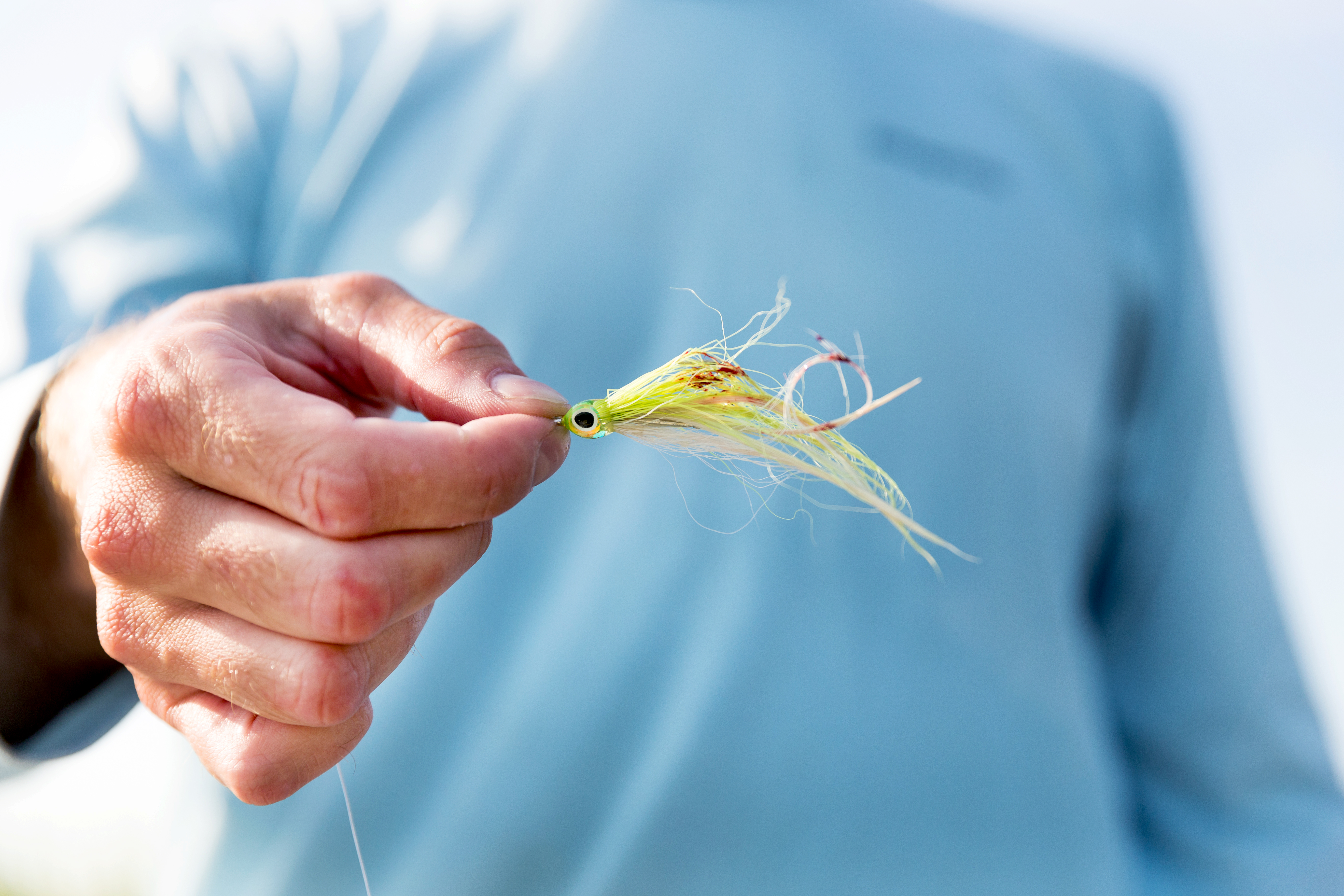Fly selection can be a big-dollar event. You can easily spend hundreds of dollars on flies when you’re prepping for an exotic trip. Example: if you’re gearing up for billfish in Latin America, you can expect to spend between 10 and 30 USD per fly. And your not going to bring just 3 or 4. The same thing goes for flies used for bones, permit, tarpon, trivially, etc. You need to bring a big assortment. If you disregard this and do bring just a handful of flies, you’ll find out that you have the wrong patterns in the wrong sizes and colors and with densities that are totally inappropriate. This happens almost every time. So, tie or buy a bunch of flies, and treat them well. Here’s how to store them so they’ll be in good shape for your trip. The way you store your flies is, to some extent, a personal decision. Some folks hate the bulky boxes that take up a bunch of space in an on-board duffel. Others can’t stand the lack of rigidity of wallet-type holders. Regardless, you need your flies to retain their sharp hooks and to avoid getting pressed and matted down. And you also need them to be easy to find. There really isn’t one container that will do everything for all flies. So, we’ve broken fly containers out into categories. Here are the ways we like to store our flies.

Our favorite way to store these flies is to pop them into a standard foam- lined box. There are probably dozens of variations from several different manufacturers. We’ve always loved the Scientific Anglers boxes. They’re simple and come in several useful sizes. More recently we’ve been taken with boxes with slotted foam inserts. Slots are cut into high-density foam. These slots allow you to add and remove flies without actually puncturing the foam. These are our favorites for standard flies. Several manufacturers make these boxes. Cliff Outdoors makes a series of these boxes, and they’re probably the best-known of the group. But we also love the box that Feather-Craft puts out. Plus, Feather-Craft’s box gets extra points for its name: the “Meat Locker.” If you pack all your saddle-wound tarpon flies in a rippled foam box, you’re in trouble and might as well have left all those flies at home. The hackles that stand out perpendicular to the hook’s shank will be crushed and flattened against the shank if you store them in a standard rippled-foam box.A fly wallet with zip-close envelopes is even worse; these will press your flies’ hackle collars flat on all sides. Put your Seaducers or other hackled flies in one of those zip-bag envelopes and it’ll look like roadkill by the time you’re ready to fish it.

Solution: The only real answer here is to store these flies in a com- partmented box. Such boxes are cheap and readily available. For a point of reference, look at the Plano series of tackle organizers. We especially like their waterproof utility boxes. For flies with weedguards (eg the bonefish and permit flies that are often used in Biscayne Bay, among other places), you do not want to secure the flies point-down in the foam sections of a standard box. Doing so would defeat the guard’s utility: when you put a fly into the foam to fasten, the weedguard will get crimped and pushed down along the fly’s body. This tweakage renders the weedguard useless. This holds true regardless of the weedguard’s material – whether the guard is wire or mono or fluoro, if you stick the fly’s hook into a foam box the guard will bend toward the fly’s body. This completely defeats the weedguard’s purpose.

Solution: For flies that have weed guards, use either a wallet-type fly holder or a box that doesn’t require the fly to be stuck into any material (e.g., the same type of compartmentalized box recommended above). Flies for the apex eaters out there can easily be 10-12 inches, and they don’t readily fit into most fly boxes. Our preferred storage method is to put these flies in baggies – either supermarket zip bags or heavier-duty, specialized baggies designed for this purpose. Put one fly in per bag to prevent tangling and crushing. That being said, if the flies have hackle or hair collars, those collars will get crushed down in a baggie-type storage plan.
Solution: Find a really big compartmentalized box, such as the Bass Pro Shops model #3770. This thing is a full 14 inches long, and it should be able to store anything you can cast.


